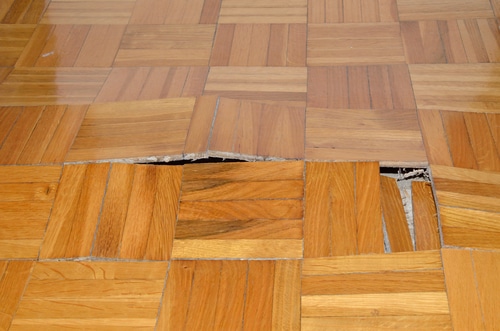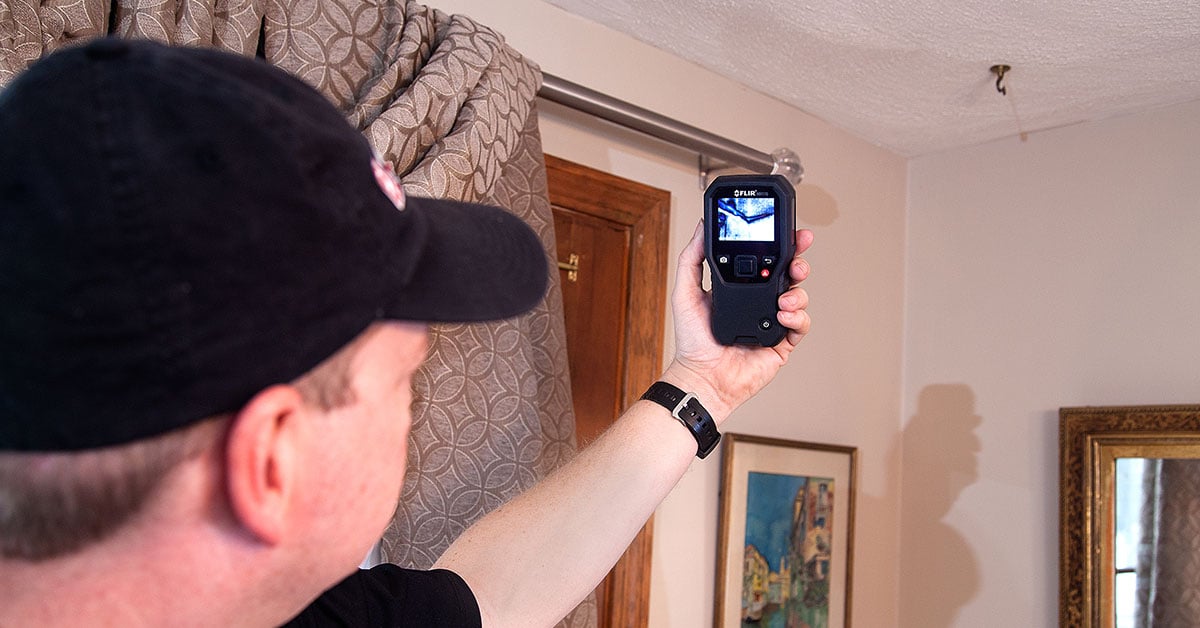How to Check If Your Residence Has a Surprise Leakage
How to Check If Your Residence Has a Surprise Leakage
Blog Article
We have found the article involving Top leak detection hacks below on the net and figured it made good sense to discuss it with you in this article.

Early detection of leaking water lines can mitigate a potential disaster. Apart from conserving you cash, it will certainly reduce the worry as well as aggravation. The minute you discover a leakage, calling your plumber for repair services is the very best service. Some tiny water leakages may not be noticeable. Below are some hacks that assist if you can not detect it with your naked eyes.
1. Take A Look At the Water Meter
Checking it is a proven method that aids you find leakages. If it moves, that suggests a fast-moving leakage. This indicates you may have a sluggish leakage that could also be underground.
2. Inspect Water Intake
Evaluate your water expenses and also track your water consumption. As the one paying it, you must see if there are any inconsistencies. If you detect sudden changes, despite your consumption coinciding, it implies that you have leakages in your plumbing system. Remember, your water costs should drop under the same range each month. An unexpected spike in your expense suggests a fast-moving leakage.
Meanwhile, a steady rise each month, despite the same behaviors, shows you have a slow-moving leak that's also gradually escalating. Call a plumber to extensively check your residential or commercial property, specifically if you feel a warm area on your flooring with piping below.
3. Do a Food Coloring Test
When it pertains to water intake, 30% originates from toilets. Test to see if they are running appropriately. Decline flecks of food shade in the storage tank and also wait 10 mins. If the shade in some way infiltrates your bowl during that time without flushing, there's a leak between the storage tank as well as bowl.
4. Asses Exterior Lines
Don't neglect to inspect your outdoor water lines as well. Test faucets by attaching a garden hose pipe. Must water permeate out of the connection, you have a loose rubber gasket. Replace this as well as make certain all links are tight. It will certainly help obtain it expertly checked out as well as kept annually if you have actually obtained a sprinkler system. One small leakage can lose lots of water and also increase your water bill.
5. Inspect as well as Examine the Situation
House owners should make it a routine to check under the sink counters as well as also inside cabinets for any kind of bad odor or mold development. These 2 red flags indicate a leakage so punctual attention is needed. Doing regular assessments, also bi-annually, can conserve you from a major problem.
If you know your home is already old, maintain a careful eye on your heaters, hose pipes, pipelines etc. Check for discolorations and also damaging as a lot of pipelines and also appliances have a life span. They will certainly additionally naturally deteriorate as a result of tear and wear. If you suspect dripping water lines in your plumbing system, don't await it to escalate. Call an expert plumber today so you do not end up with a dreadful mess in your home.
Early discovery of leaking water lines can reduce a prospective catastrophe. Some small water leakages may not be visible. Checking it is a surefire way that helps you discover leakages. One little leakage can lose bunches of water and also increase your water bill.
If you suspect dripping water lines in your plumbing system, do not wait for it to intensify.
The Dangers of Undetected Water Leaks
Mold
One of the most common results of undetected water leaks in your home is mold. Under the right conditions, mold can begin to grow and spread in just a day or two.
Moisture from water leaks combined with humidity and lack of ventilation allow mold spores to germinate and start spreading.
And while household mold doesn’t carry the same health risks as substances like asbestos, they can cause allergic reactions in people sensitive to them or with asthma.
Structural Damage
When water leaks occur in places we can’t see — above the ceiling, behind walls or beneath floors — they often have time to do some serious damage before making themselves known.
You might notice cracks or bubbles appear in your walls or a slow drip or water from the ceiling.
These are signs of water leaks and buildups in the structure of your home. If you don’t jump on these problems soon enough, the wood frame that supports your house could start rotting, leading to costly repairs and increasing the risk of disasters like ceiling or wall collapses.
Water Waste
According to the Alliance for Water Efficiency, the average home can lose anywhere from 2,000 to 20,000 gallons of water per year due to leaks.
High numbers like that might make you imagine a burst pipe spewing out water. But believe it or not, even a small, constant drip from a kitchen sink could add up to over a thousand gallons of wasted water in a single year.
And if you live in a place where you pay for every gallon of water you use, that adds up to a lot of dollars down the drain. So we understand leaks are bad. Let’s take a look at some of the common (and not-so- common) water leaks you might find around your home.
Flush Valve Flapper
The flush valve flapper is a rubber flap that sits above the flush valve at the bottom of the tank. It’s attached to the flusher with a chain. Over time, it can get worn out and lose its seal, causing an endless flow of water into the toilet bowl.
These leaks are hard to detect since they’re usually silent, but there’s a little insider trick you can use with just a little dye or food coloring:
Put a few drops in the toilet tank. Check the water in your toilet bowl 15 minutes later. If any of the color made it into the toilet bowl, you’ll know what the culprit is.
Fill Valve
The fill valve is what replenishes your toilet’s tank water after you flush. If you’ve ever looked inside your toilet tank and seen water gushing out of an upright plastic valve, that’s a faulty fill valve.
https://meetflo.com/blogs/flo/how-to-find-and-repair-water-leaks-a-comprehensive-guide

I recently found that piece of writing on Finding hidden leaks when browsing on the web. Enjoyed reading our write up? Please share it. Help other people find it. Thanks a lot for your time. Please check our blog back soon.
Report this page